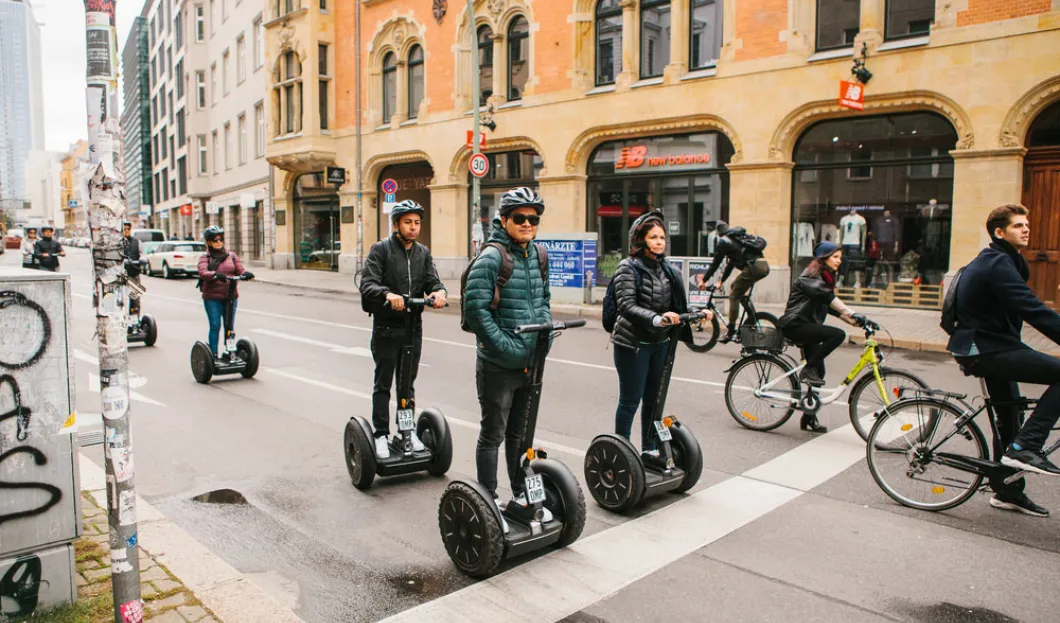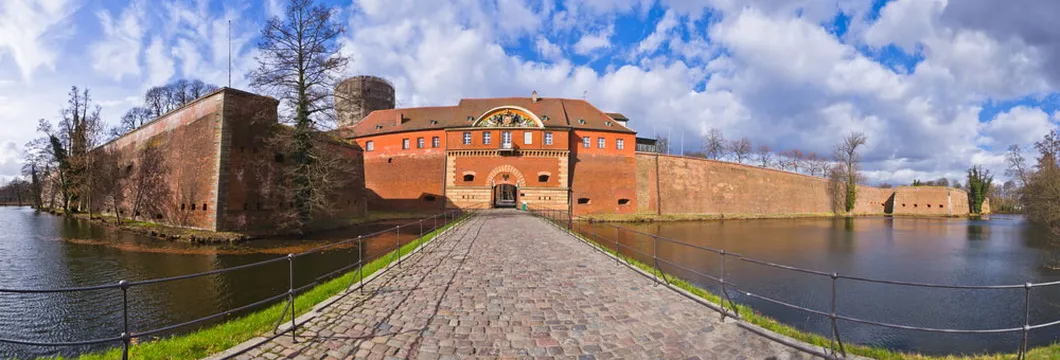
Berlin authorities announced a new tourism concept for the German capital. Their plan is to attract tourists more to the outskirts of the city which also have a lot to offer. Another part of the project is to focus on quality tourism and to change the image of a cheap destination.
One of the reasons for the new concept to attract tourists is also the need to regulate relations between the locals and the visitors. Mass tourism and crowded city center has been problematic for many years. The new concept should help manage the tourist numbers in a more acceptable manner and counteract the developments that restrict the quality of life.
“We want to find balance, together with the residents, politicians, and the tourism businesses,” said Christian Tänzler, spokesman of Visit Berlin, the official marketing partner in the tourism sector.
At the moment, the Brandenburg Gate in the golden evening sun is still emblazoned on its website. Just a long way down there is the colorful map with twelve Berlin districts.
“Most tourists still visit Berlin because of the sights,” says Burkhard Kieker, managing director of Visit Berlin. For 65% this is the main reason for their visit, followed by art and culture, as well as cityscape and architecture.
Easyjet and Ryanair transports the so called “party clientele”. However, this is only 17% of the visitors. About half of the tourists, on the other hand, are “cultured explorers” between the ages of 30 and 60 years. Especially this target group often does not visit Berlin just once. “Especially for repeated travelers it is becoming increasingly important to get in touch with the locals,” Kieker added.
They live above all in the outskirts. To ensure that tourists do not get lost outside of the S-train ring, Visit Berlin has developed the smartphone app “Going Local”. It has more than 700 tips in all districts of Berlin and has been downloaded more than 50,000 times.
“The app is a good start, but we have to work on our reputation even more,” says Patrick Celery, head of Economic Development of Spandau. About two out of three people are still “real” Berlin citizens, Celery says. For tourists to come, they first need to know what Spandau has to offer. Therefore, in June this year, a tourism concept for the district was started together with an agency.
“There will be an umbrella brand for Spandau. A recognizable design and an Internet portal for bookings,” says Celery. For the concept, the district has 300 thousand euros available from the subsidy coffers to improve regional economic structure. In addition, Spandau recently became the first district to appoint a tourism representative.
At the other end of the city, the potential of holidaymakers has long been recognized. For the past 26 years, the Tourism Association of Treptow-Köpenick has been taking care of visitors finding their way into Berlin’s southeast. “We have to strengthen the outskirts, give them an identity,” says CEO Mathis Richter.
This is going pretty well at the moment. In 2014, the association entered into a strategic partnership with Visit Berlin, switched to advertising in the city center, launched a campaign on Facebook and Instagram. Since then, 1.5 million people visit the website annually. This is eight times more than before.
But they do not only click, they also come to the district as well. Last year, 18% more tourists traveled to Treptow-Köpenick than in 2015. In three years, the district also wants to be the most popular cycling region of Berlin. “The new tourism concept is water on our mills,” says Mathis Richter.
However, even if other districts show as much initiative as these two, it will still take some time for the situation to stabilize and for the tourism flow to distribute itself in a more acceptable and convenient manner.










